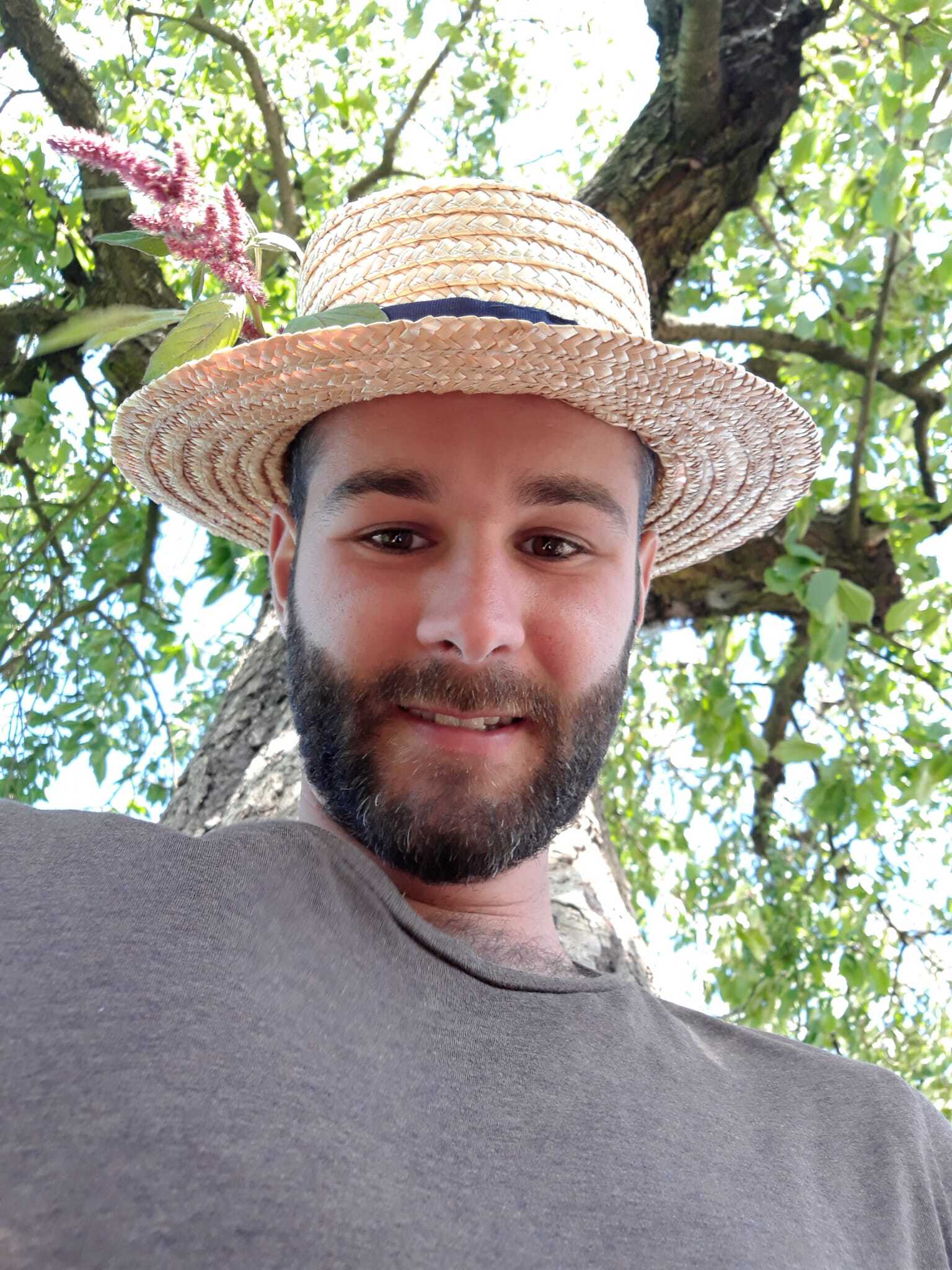When my school proposed a project with Vivent as part of the market gardening course at HEPIA (Haute Ecole de Paysagisme, d’Ingénierie et d’Architecture de Genève), I jumped at the chance. A device able to diagnose the state of crops in a non-destructive and live way is a tool of choice for agronomists. During my studies, different methods of nutrient content analysis, water status of plants or disease recognition were presented. These methods are efficient but each one requires a specific learning process that is not always standardized among the different research institutes. I had no idea that it would possible to measure all these parameters and more with a single tool: the PhytlSigns biosensor.
It is easy to forget that we live in an electromagnetic environment. Everybody has their own electromagnetic field. The components of these fields vary according to the scale considered, from the molecular level to the macroscopic level, both are essential to understand plant physiology. The recording of electrophysiological signals makes it possible to get rid of the differences in scale. These signals, unique for each individual just like a DNA sequence, contain a large amount of information about the system under consideration, information that is processed by machine learning. This 21st century technology offers new possibilities for development in electrophysiology.
One of the challenges of this discipline is to measure precisely the desired signal among a sea of external waves that can cause interference. This constraint has been brilliantly overcome as shown by the May 2021 test performed on a mint crop in an urban environment. This project, in which I was fortunate to participate, seeks to detect early symptoms of drought stress. Water deficit is the main factor of yield reduction in crops worldwide. Its control is particularly important for the success of an aromatic plant culture in order to obtain the desired phytochemical profile.
The use of the PhytlSigns biosensor is easily accessible for a person like me who was discovering it for the first time. I really enjoyed watching on my smartphone the instantaneous change in the mint signals by touching the leaves with my fingertips. This work also allowed me to improve my computer skills and test different methods of detecting drought stress in the field. This learning was possible thanks to the Vivent team and to the urban farming collective Légumes Perchés who allowed me to monitor their mint crop on a rooftop in Lausanne. Thank you for this experience and I hope to learn more about electrophysiology in the future.

